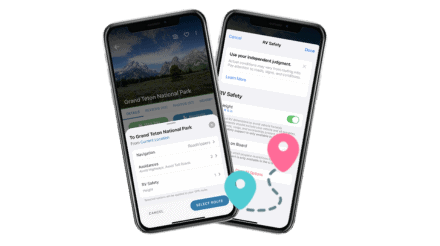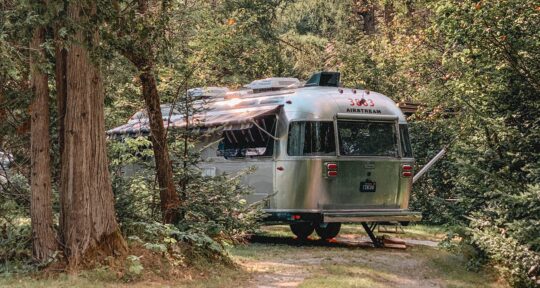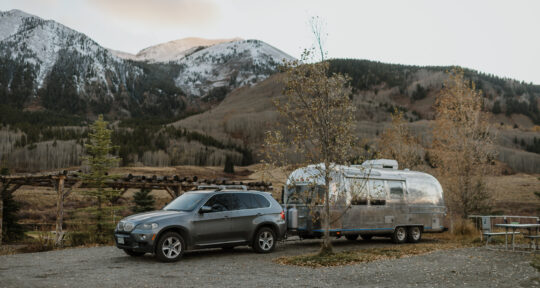RVs are proof that not all roadways are created equal. Whether you’re towing a travel trailer or fifth wheel or cruising down the road in a driveable rig, traveling by RV just isn’t the same as traveling in a car. From low-clearance tunnels and bridges to downright dangerous roads, it’s crucial that RV owners map their routes beforehand to avoid getting themselves and their rigs stuck in an anxiety-inducing situation.
But exactly how do RV owners avoid encountering unfavorable routes?
Apps, maps, and a little preparation all play a role in dodging these dicey roadways, so let’s look at a few things you can do to plan the perfect RV-friendly route before your next adventure.
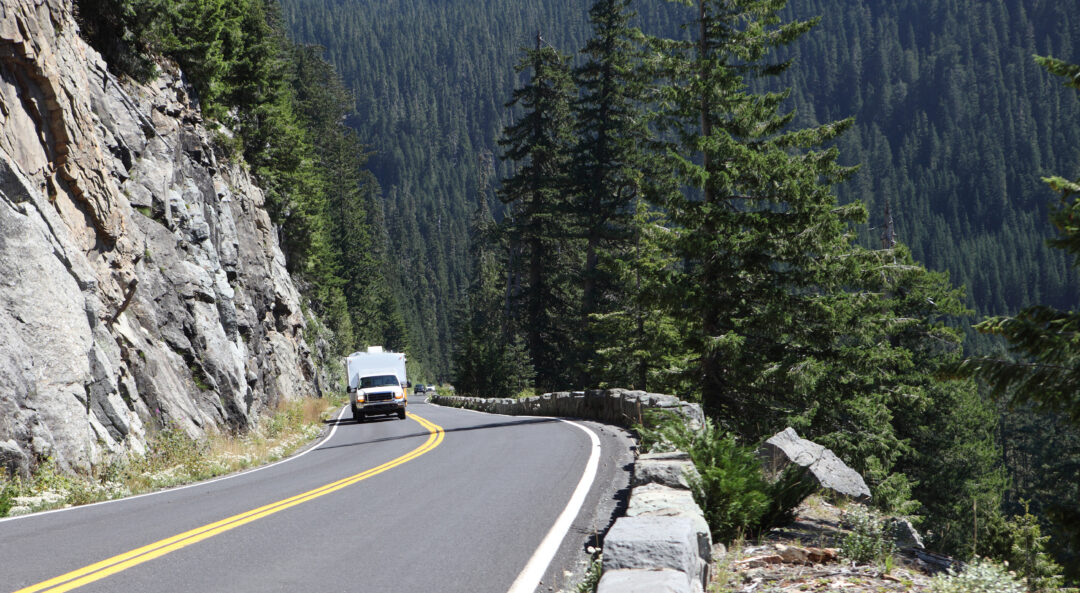
Know your rig
Measure your RV’s height and length to navigate low-clearance obstacles like tunnels, bridges, gas station awnings, power lines, and more. Be sure to include your A/C unit, antennas, and other roof accessories when measuring your rig’s height.
RV-friendly GPS
Using an RV route planning app is a must. GPS systems for cars won’t provide you with routes that are safe and driveable for RVs. The best apps for RVing let you input your rig’s height and length to customize a route that’s specific to your RV. If you’re a Roadtrippers member, you can enter your rig’s height, propane restrictions, and other features to find safer, RV-friendly routes for your rig. Other apps like inRoute and RV Life Trip Wizard are also great options for RV navigation.
The best apps for planning a safe and fun RV route
Have a backup map
Despite modern technology, when cell phone service isn’t available, you’re going to need a backup plan in order to prevent getting lost or stranded during your travels. Keep a paper atlas with you at all times when traveling and try to download offline versions of your route before taking to the road.
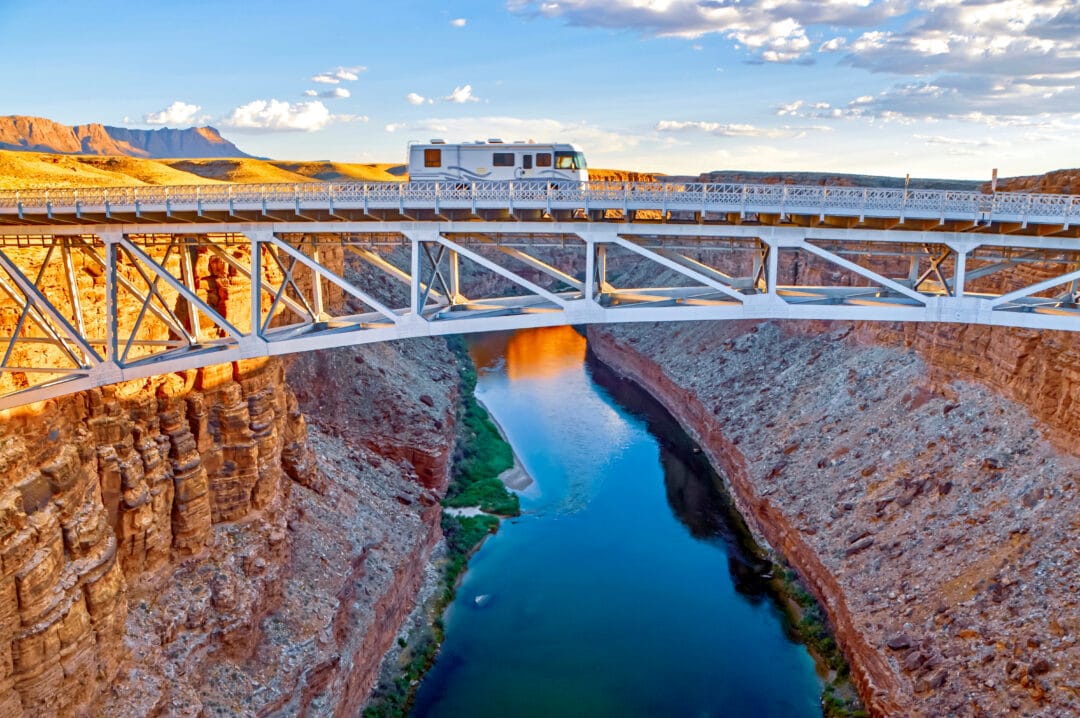
Be patient
Accept the fact that traveling in an RV means longer routes, lower speed limits, and extra stops. The best way to avoid dangerous situations on the road is to take your time and take the extra precautions needed to keep yourself and other drivers safe.
Know yourself
Steep grades, winding roads, and elevation aren’t for everybody. Even if a route allows RVs, it doesn’t mean that you’ll feel comfortable taking it. Don’t push your own limitations. The best part about RVing can be the journey getting to your destination, so be kind to yourself and take roads you feel safe and confident driving on—even if it means taking a little extra time getting there.
This article has links to products that were carefully selected by our editors. We may earn commission on your purchases from these links. Visit this page for the full details of our affiliate marketing policy.

